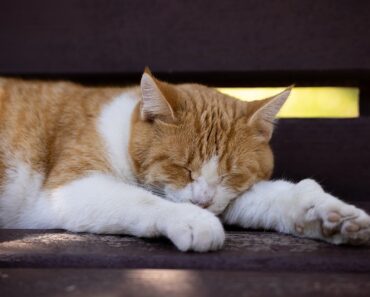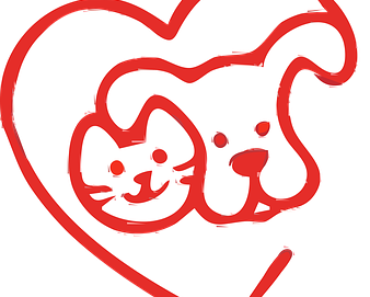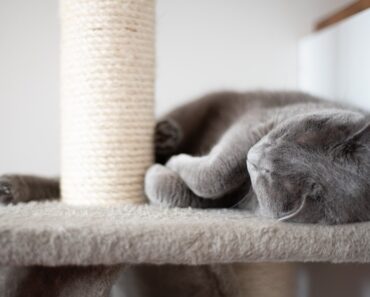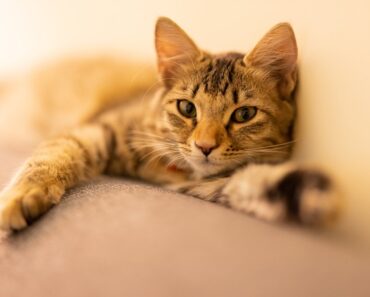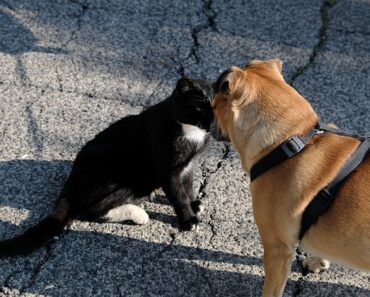
1. Moulting occurs twice a year
Cat molting is a natural event that involves a much greater loss of hair than usual.
This phenomenon occurs twice a year and is related to daylight and not just to temperature as we often think.
Thus, the first moult takes place in spring after its winter season where the sunlight was not very present and the nights were longer, and the second intervenes in autumn after the beautiful days of the summer.
The purpose of shedding is to adapt the cat’s coat to the season: dense for winter protection and lighter for summer.
2. Cats are unequal when it comes to shedding
Moulting does not manifest itself in the same way in indoor and outdoor cats.
Indoor cats often experience regular shedding throughout the year with a slight accentuation during the molting period. They live in an environment where the temperature is fairly constant and where they are less exposed to natural sunlight than a cat living outdoors. This favors hair loss.
The outdoor cat, on the other hand, undergoes two more distinct molts due to its prolonged exposure to daylight.
Also, the intensity of hair loss is different depending on the breed, age and of course the texture and length of the hair.
3. The number one risk: hairballs
As you’ve probably noticed, your cat takes great care of itself and spends many hours a day grooming every inch of its coat. During its daily grooming, the cat uses its rasping tongue to remove impurities from its coat, but also dead hair that it ingests. Normally, these hairs are naturally eliminated in the stools.
However, during the moulting period when hair loss is more important, the number of dead hairs swallowed by the cat is also important! Once in the stomach, they form what are called hairballs. These are more difficult to eliminate by natural means than usual, and can lead to decreased appetite, vomiting, constipation or, in extreme cases, an obstruction.
Indoor cats are the most affected by hairballs, especially if they lack occupation and therefore take the opportunity to groom themselves more. These cats are also less active, while exercise promotes the work of the stomach and thus the natural elimination.
4. Regular brushing is essential
Under normal circumstances, weekly or bi-weekly brushing is highly recommended, especially for indoor cats and long-haired cats.
During moulting, it is an essential gesture to be repeated daily in order to relieve your pet and ensure its well-being. It is the best way to prevent hairballs. The hair removed from the brush will not go to his stomach!
Whether your feline is long-haired or short-haired, the most effective solution is the FURminator cat brush. Designed by a professional groomer in search of the ideal product to accompany hair loss, this revolutionary product has an ultra-precise comb that eliminates dead hairs deep in the coat without altering the outer coat. Particularly ergonomic and aesthetic, hair loss is reduced by over 90%!
Grooming your cat with this brush during moulting is therefore a guarantee of safety against hairballs which are extremely annoying for your cat.
5. Malt and fiber to help your cat
If your cat is prone to hairballs and has difficulty getting rid of them, you can help your cat by feeding him/her in addition to brushing.
Indeed, there are specific “hairball” foods that help prevent hairballs from forming in the stomach thanks to their fiber-rich composition. These fibers promote intestinal transit and the proper functioning of the digestive system and therefore the elimination of hairballs in the stool.
A very effective food supplement, you can also offer your cat malt paste. Presented in a tube, it is a very palatable paste made of malt and oil, which lubricates the stomach to facilitate the evacuation of its contents.
To distribute it to your cat, you just have to put a 3cm long strand of product on your finger and offer it to your cat in the morning and in the evening, outside of meals. It is also a very effective product in case of constipation. In addition to doing him good, he will enjoy it!
True moult or abnormal hair loss?
The loss of hair during the moult must be regular and above all homogeneous, it concerns the whole body of the cat. If you notice that one or more localized areas are particularly affected, if the hair loss is accompanied by redness or itching, you should consult your veterinarian.


